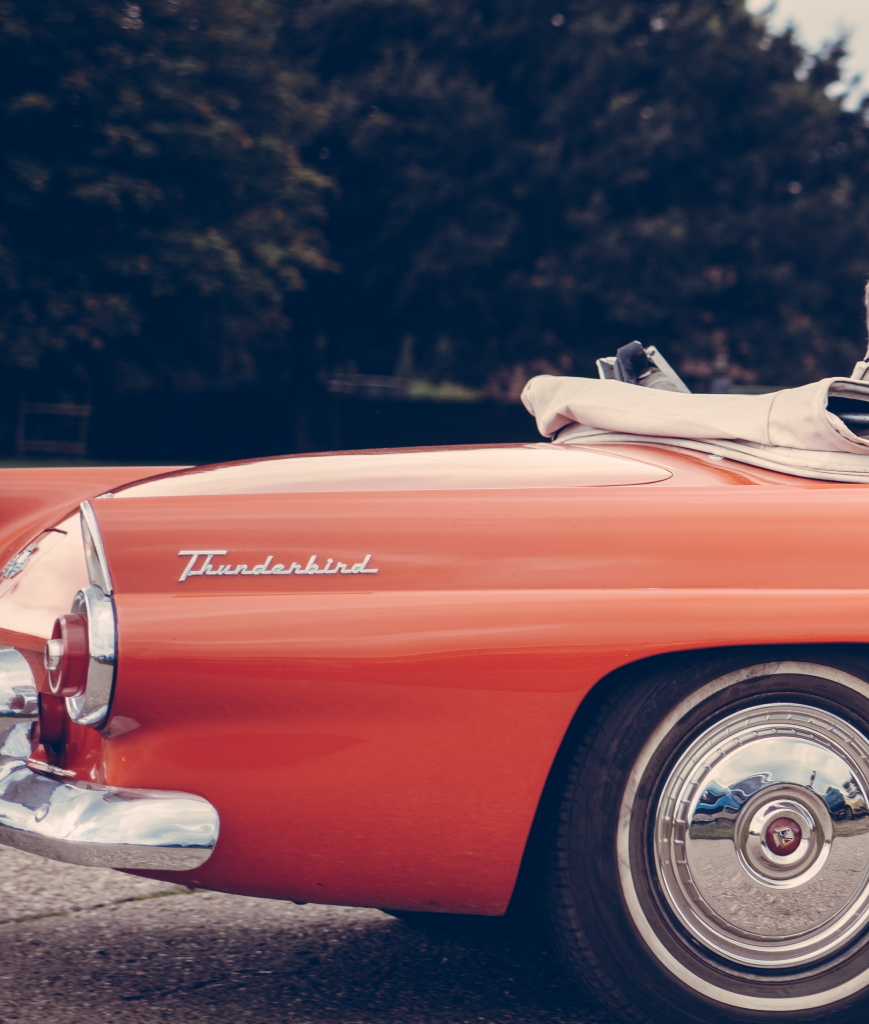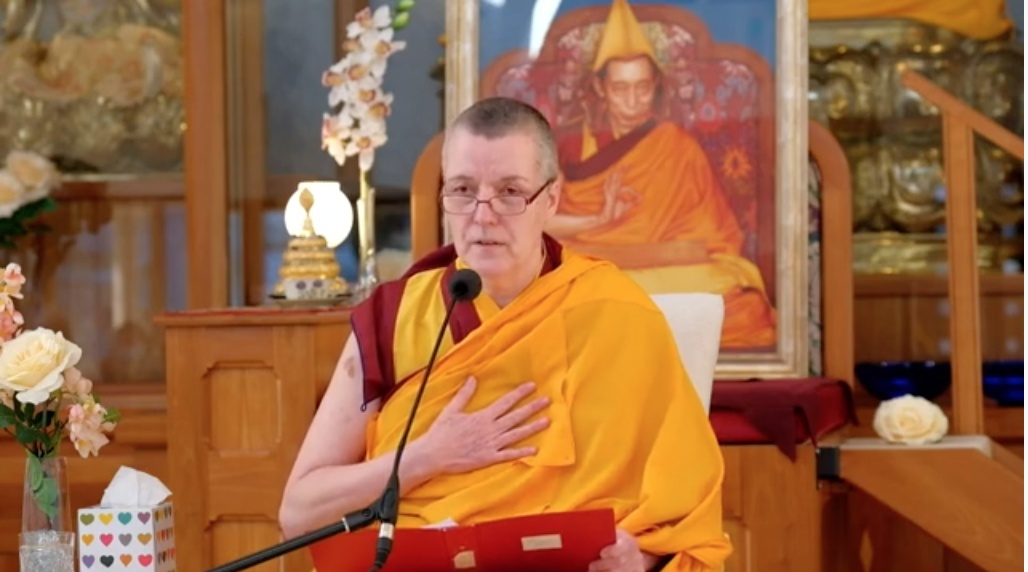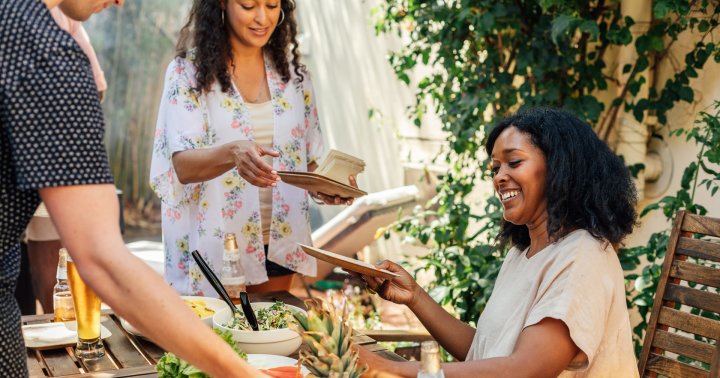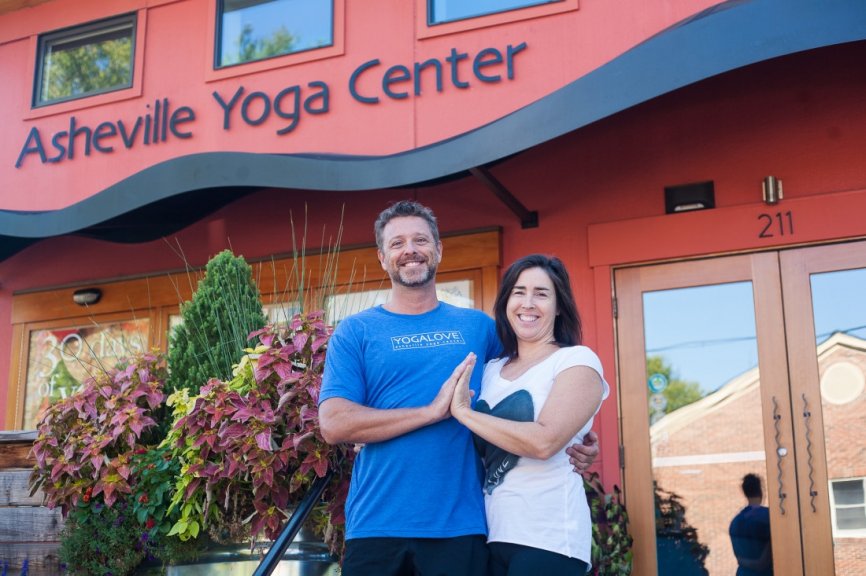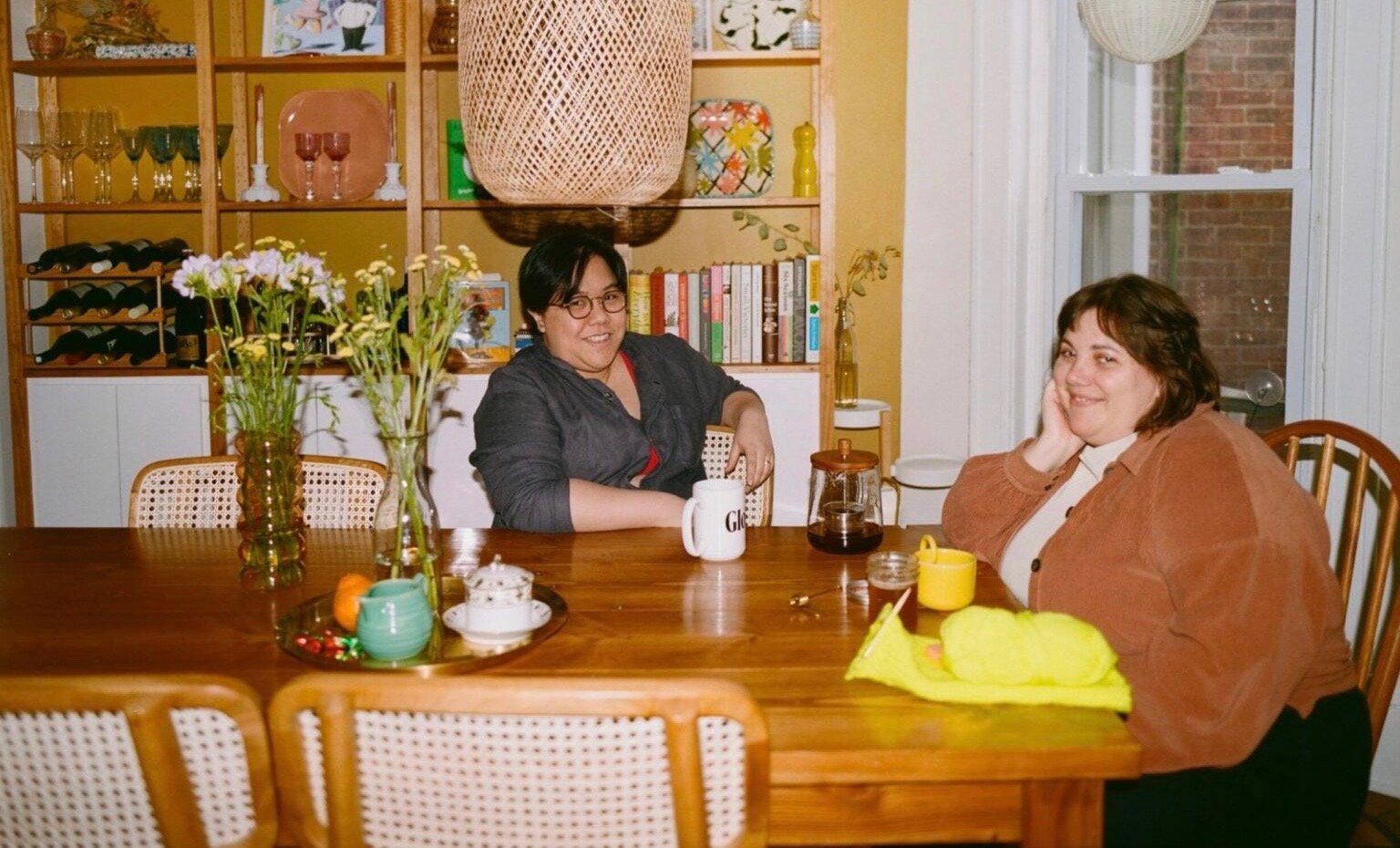Why I Changed My Approach to Minimalism and You Should Too
I’ve recently noticed an uptick of people quitting minimalism, making claims that minimalism is dead or toxic, even. Honestly, I’m having flashbacks to 2016 when everyone and their mother was a vegan YouTuber and blogger. Then suddenly, everyone seemed...


I’ve recently noticed an uptick of people quitting minimalism, making claims that minimalism is dead or toxic, even.
Honestly, I’m having flashbacks to 2016 when everyone and their mother was a vegan YouTuber and blogger. Then suddenly, everyone seemed to quit veganism all at once.
As someone who witnessed the rise and fall of the vegan movement, I can’t say that I’m surprised by what’s happening to the minimalism movement.
Both the vegan movement and the minimalism movement have had similar trajectories. They both became super trendy and very extreme, with extreme minimalists owning a total of 10 items and extreme vegans living on a diet of exclusively bananas.
Now, I’m not shaming either of the extremes. In order for people to start paying attention to a movement, it needs to be extreme. The issue is that this extreme approach is not sustainable for most people, even for those who popularized it.
The bloggers and YouTubers who set these unrealistic expectations and lifestyles were getting comments that they weren’t ‘minimalist enough’ or ‘vegan enough,’ until many of them quit the lifestyle altogether.
If you also feel like quitting minimalism, don’t! Here’s what to do instead.
1. Reconnect with Your Why
Before I became a minimalist, I didn’t think very deeply about my decisions. If a friend invited me to do something, I would, regardless of how overwhelmed or busy I was. If I wanted to go on a shopping spree, I did, even if I didn’t have the money or the space in my home for more stuff.
I became a minimalist because I was stressed out, broke and tired all the time. Something needed to change.
Minimalism gave me a new lens to make decisions under. As a minimalist I stopped saying “yes” to everything and everyone. I began simplifying my schedule, belongings and relationships so that I had more physical and mental space for the things that truly mattered to me. I essentially started editing my life so that it aligned with my goals and values, instead of just being a reflection of what everyone else around me was doing.
If you feel like quitting minimalism, take a moment to reconnect with your why. Why did you embark on your minimalist journey in the first place?
2. Question Your Approach to Minimalism
The minimalist lifestyle isn’t a one-size-fits-all solution. There are many different ways to approach minimalism. In fact, your version of minimalism may look very different from mine.
You may be an extreme minimalist, or you may choose to have a minimalist aesthetic. Perhaps you’ve applied minimalism to your schedule and relationships, but not to your home. You’ve simplified your life, but not your belongings.
If you feel like quitting minimalism, first, ask yourself if your approach to minimalism is actually aligning with your why.
For instance, if you became a minimalist to save money, having a minimalist aesthetic won’t help you achieve this goal. While your home may look ‘minimalist,’ your spending habits haven’t changed.
Let’s say you adopted a minimalist lifestyle to reduce stress. While simplifying and decluttering your home can work wonders, taking minimalism to the extreme might introduce more stress instead of reducing it. Having only the absolute essentials may leave you without certain items when you need them, causing stress.
So, instead of quitting minimalism altogether, consider changing your approach instead.
3. Change Your Approach to Minimalism
Next, change your approach to minimalism. If doing so feels like giving up, remember that it’s a very normal part of a minimalist journey, although it’s not talked about much. Even I’ve had to change my approach to minimalism over the years. In fact, I’ve written blog posts that don’t align with my current life or approach to minimalism.
For instance, one of my first posts was about 7 kitchen appliances you don’t need as a minimalist. Since then, I’ve actually purchased 2 of the 7 appliances on that list. Why? Because I believed that owning these appliances would streamline and simplify my life, and they did. I came to the realization that before I became a minimalist, I wasn’t broke and overwhelmed because I owned a rice cooker. It was because I owned 30 kitchen gadgets and appliances that I never used.
If you’re also realizing that you need to change your approach to minimalism but you’re not sure where to start, here are 5 ways to change your approach to minimalism.
5 Ways to Change Your Approach to Minimalism
Try Relaxed Minimalism: If extreme minimalism isn’t working for you, loosen up a bit. Ask yourself what items could genuinely make your life easier and add value. Introduce these items into your life slowly and see if you feel happier, more comfortable, and more at ease.
Ditch the Minimalist Aesthetic: If chasing a minimalist aesthetic is stressing you out, remind yourself that you don’t need to have a minimalist aesthetic to call yourself a minimalist. You can maintain a minimalist mindset regardless of what color your couch is or how modern your furniture is. Click here for 5 reasons why you should stop chasing a minimalist aesthetic and click here to learn how to create a minimalist home that doesn’t look anything like the aesthetic images you’ll find on Pinterest or Instagram.
Simplify and Declutter: If exclusively simplifying your schedule and relationships isn’t as life-changing as you had hoped, try decluttering and simplifying your home and belongings too.
Be an Intentional Shopper: Minimalism doesn’t mean you can’t buy new things; it just means changing your approach to shopping and collecting. Instead of not allowing yourself to buy anything, become an intentional shopper instead. Click here for the 8 rules I follow to maintain a minimalist wardrobe (while still buying new clothes!).
Hold onto Meaningful Clutter: Minimalism encourages letting go of sentimental items and things that don’t add functional value to your life. If this feels too extreme, allow for a certain level of “meaningful clutter.” While the goal is to simplify, it’s okay to keep some items that hold sentimental value or bring joy. Balance is key.
Don’t Quit Minimalism!
Minimalism may evolve for you over time. Just because you’re not interested in owning the bare minimum anymore, having a minimalist aesthetic, or any other version of minimalism, doesn’t mean you should quit minimalism altogether and go back to your old ways. Instead, you can just tweak your approach so that it’s more sustainable.
Has your approach to minimalism changed over the years?
***
About the Author: Barefoot Minimalists is an approachable lifestyle blog celebrating the joys of living a simple life. Explore articles about frugal living, minimalism and mindfulness.

 Hollif
Hollif 









